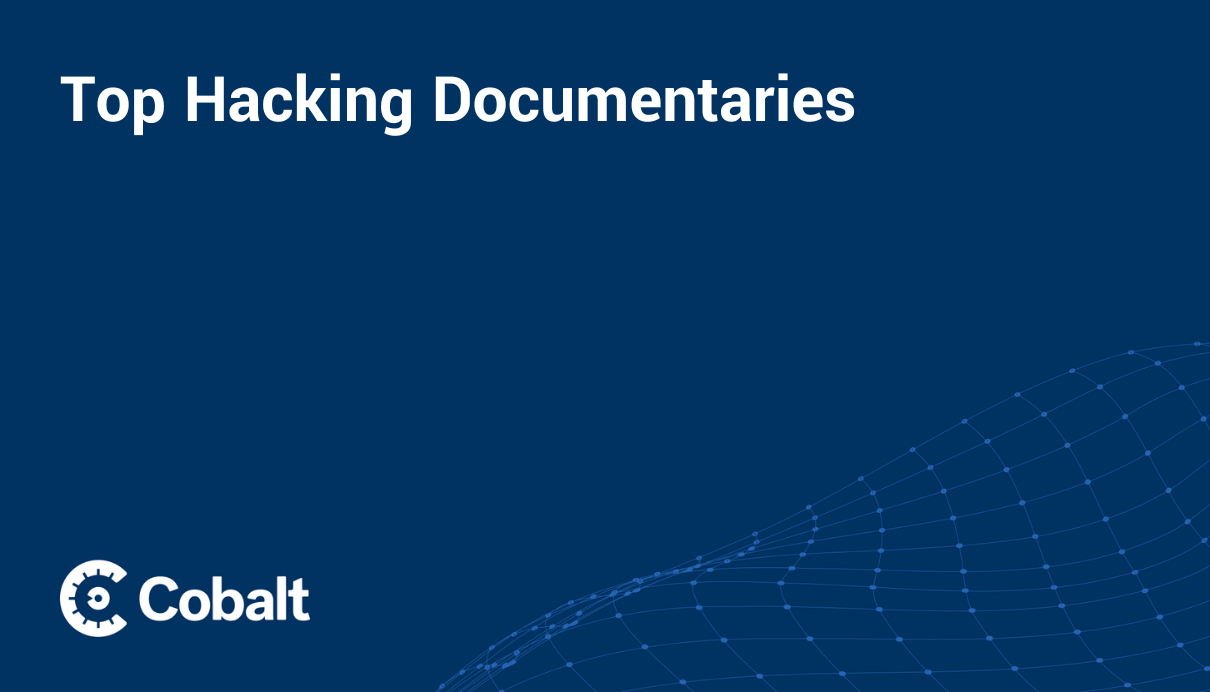Hacktivism refers to the use of computer hacking methods as a way to promote political or social change.
One notable instance of hacktivism occurred in 2008 when the group Anonymous leaked a video of Tom Cruise passionately discussing the Church of Scientology on YouTube. When the Church attempted to remove the video, Anonymous launched a Distributed Denial of Service (DDoS) attack, shutting down the Church's website and sparking real-world protests. This event not only showcased the power of hacktivism but also highlighted its potential to challenge established institutions.
Below, we'll look at different types of hacktivists and their motivations, methods, and impact.
What Motivates Hacktivists?
At its core, hacktivism is not a mere act of digital chaos or disruption. Hacktivists are not typically motivated by personal gain or the desire to create disorder for its own sake. Instead, their actions are driven by a purpose, often rooted in political or social convictions.
Many hacktivists operate under a genuine belief in righting societal wrongs and revealing concealed truths. Most aim to use their technical prowess as a tool to advocate for transparency, fairness, and equity in various spheres of society.
Issues that might have remained local or unnoticed in the past can now gain international attention within hours, thanks to the interconnectedness of the digital world. Hacktivists leverage this global stage to ensure that their causes resonate far and wide, reaching audiences and stakeholders across borders.
The Many Faces of Activism: Examples of Hacktivism
There are many different types of hacktivists, each with their own unique motivations and methodologies.
- White Hat Vigilantes: Their primary objective is to identify vulnerabilities within systems and networks. The goal is not to exploit them maliciously but to inform the concerned institutions about flaws. Through various forms of security testing, they aim to fortify security measures, ensuring that potential threats are mitigated before they can be exploited by malicious actors.
- Digital Protesters: Drawing inspiration from traditional forms of civil disobedience, digital protesters use cyber tactics to voice their dissent. Whether it's orchestrating a virtual sit-in by overwhelming a website's server or using digital platforms to organize rallies, their goal is to make a statement, draw attention to a cause, or challenge perceived injustices.
- Info Liberators: Sometimes called "leaktivists" or simply "whistleblowers," they operate under the banner of transparency and believe in the free flow of information. They often leak sensitive or classified data, not for personal gain, but with the conviction that the public has a right to know. Their actions are driven by the idea that transparency can lead to accountability, especially when institutions or governments conceal information.
- Digital Saboteurs: These hacktivists are more aggressive in their approach. Their actions include disrupting digital services or defacing websites with a distinct political or social message. By causing digital upheaval, they aim to challenge, protest, or draw attention to specific issues or entities they deem problematic.
Hacktivist Organizations and Types of Hacktivism
Several hacking groups have emerged, each with its distinct objectives, methodologies, and impact. Understanding these groups and their motivations is crucial for cybersecurity professionals and policymakers alike.
- Telecomix: One of their most notable interventions was during the Arab Spring, where they played a pivotal role in ensuring citizens had access to communication channels. As governments in the region attempted to curtail internet access in a bid to suppress dissent, Telecomix worked diligently to provide alternative communication means, ensuring that the voices of the people were not silenced.
- RedHack: RedHack is a socialist hacktivist group with a history of launching cyberattacks against the Turkish ruling establishment. Their operations, while sometimes controversial, are framed within the context of opposing authoritarianism and censorship. By targeting governmental and institutional digital assets, they aim to challenge and expose what they perceive as oppressive regimes and policies.
- Hackers Without Borders (HWB): HWB is a non-profit entity comprising IT professionals and enthusiasts dedicated to charitable endeavors. Rather than engaging in acts of digital rebellion, they channel their expertise towards projects related to technological infrastructure, security, and education. Their mission is to leverage technology for the greater good, assisting communities and organizations in need.
- Anonymous: Anonymous is a decentralized collective with operations spanning the globe. Their activities range from exposing corrupt practices to advocating for various social and political causes. Due to their decentralized nature, their operations can vary widely, but they often rally under the banner of promoting justice and transparency.
- WikiLeaks: The organization is dedicated to publishing classified, censored, or otherwise restricted information that holds significant public interest. Their releases have sparked global debates on transparency, accountability, and the role of whistleblowers in modern society.
- Lizard Squad: Lizard Squad is a more controversial entity within the hacktivist landscape. Their actions, which include high-profile DDoS attacks and other disruptive activities, often blur the line between hacktivism and outright cybercrime. While they have claimed responsibility for various attacks in the name of hacktivism, their motivations, and methods have been a topic of debate within the cybersecurity community.
The Double-edged Sword of Hacktivism
Like any powerful tool, hacktivist tactics can be wielded for both constructive and destructive purposes.
On the one hand, they can expose concealed information and bring to light hidden data, malpractices, or corruption.
By doing so, hacktivists can help hold institutions and governments accountable, ensuring that wrongdoings do not remain shrouded in secrecy. For instance, in 2010, WikiLeaks released a trove of U.S. diplomatic cables, revealing behind-the-scenes diplomatic communications and shedding light on various global events and strategies.
In many instances, hacktivists have acted as digital champions for marginalized or oppressed groups, amplifying their voices and concerns on a global stage. Through their actions, they can draw attention to injustices that might otherwise go unnoticed.
A notable example is the support provided by hacktivist groups during the Arab Spring, where they assisted activists in bypassing internet censorship, ensuring that the world remained informed about the ground realities and that the voices of the protestors were heard.
By raising awareness and mobilizing public opinion, hacktivists can drive tangible change. Whether it's policy amendments, organizational reforms, or shifts in public perception, their activities can catalyze significant transformations in both the digital and physical realms.
For example, after the exposure of certain surveillance programs by Edward Snowden, there was a significant push for policy reforms and greater transparency in government surveillance practices, leading to changes in how such programs were overseen and implemented.
While the intent behind hacktivist actions might be noble, the methods employed can sometimes lead to unintended consequences.
For instance, when WikiLeaks released a trove of U.S. diplomatic cables in 2010, it inadvertently exposed the identities of several local informants in conflict zones, potentially putting their lives at risk. Similarly, the exposure of certain surveillance programs might have given adversaries insights into intelligence-gathering methods, potentially compromising national security.
The act of breaking into digital systems, even with righteous intentions, raises ethical questions. For example, in 2014, Sony Pictures suffered a massive cyberattack, allegedly in retaliation for producing a film that mocked North Korea's leader. While some saw the hack as a form of digital protest against the portrayal, others questioned the ethics of such a large-scale cyberattack on a private company.
Is it ever justifiable to violate privacy or legal boundaries in the name of a greater good? This debate is central to the hacktivist ethos.
What one group views as a justified act of digital rebellion, another might see as unwarranted interference or even cyberterrorism.
A case in point is the 2016 U.S. election interference case, where certain hacktivist groups were accused of influencing the election outcome by leaking sensitive emails. While some saw it as exposing truths, others viewed it as a direct attack on the democratic process. The line between righteous activism and overreach is often blurred, leading to debates about the legitimacy and appropriateness of hacktivist actions.
The spread of misinformation is another contentious issue linked to hacktivism. For instance, in the 2017 "CyberBerkut" incident related to the Ukraine conflict, the pro-Russian hacktivist group claimed to have leaked documents suggesting U.S. involvement in destabilizing activities in Crimea.
However, cybersecurity experts and investigative journalists found several of these documents to be altered or fabricated. Despite the falsehoods, the manipulated leaks gained traction on social media and were reported by some news outlets, underscoring the risks of hacktivist actions intersecting with misinformation campaigns.
Navigating the Complex Landscape of Hacktivism
Hacktivism has undeniably left its mark on the modern socio-political landscape. As the digital realm continues to evolve, so too will the methods, motivations, and consequences of hacktivism. It remains crucial for both policymakers and the public to stay informed, discerning the line between digital activism for societal good and actions that may inadvertently cause harm.









